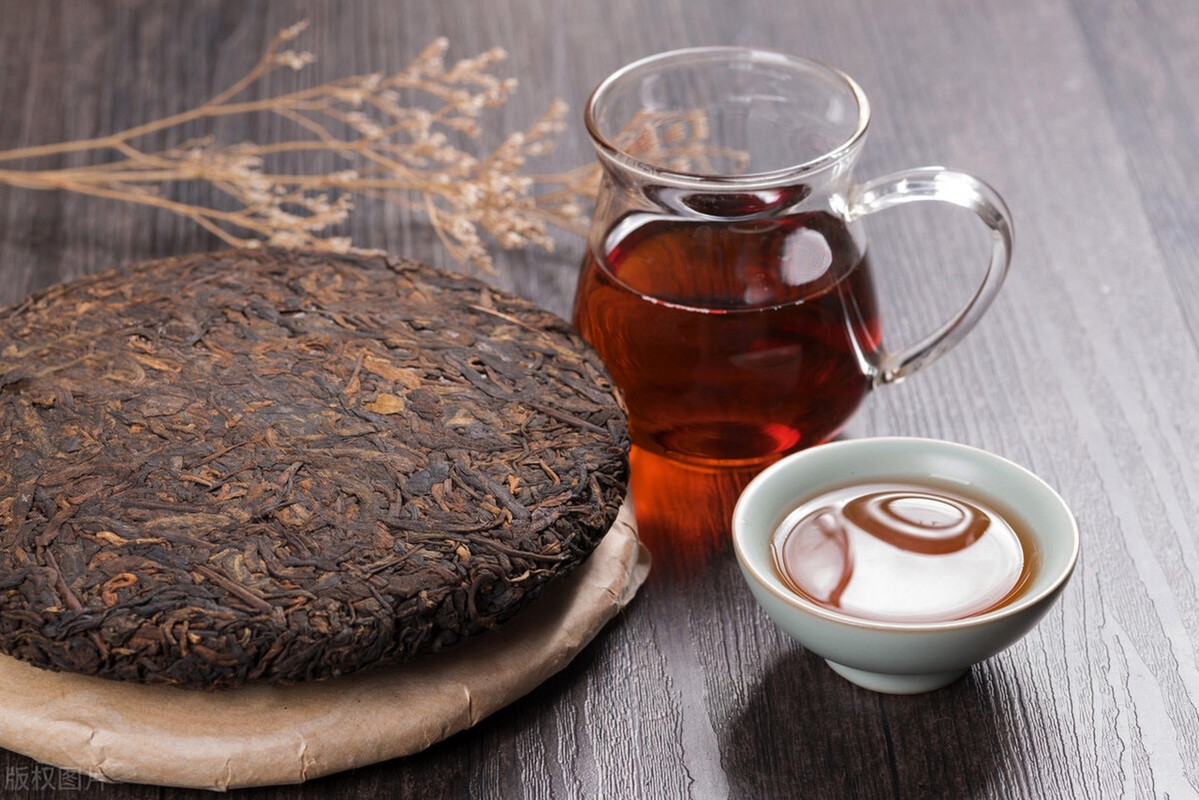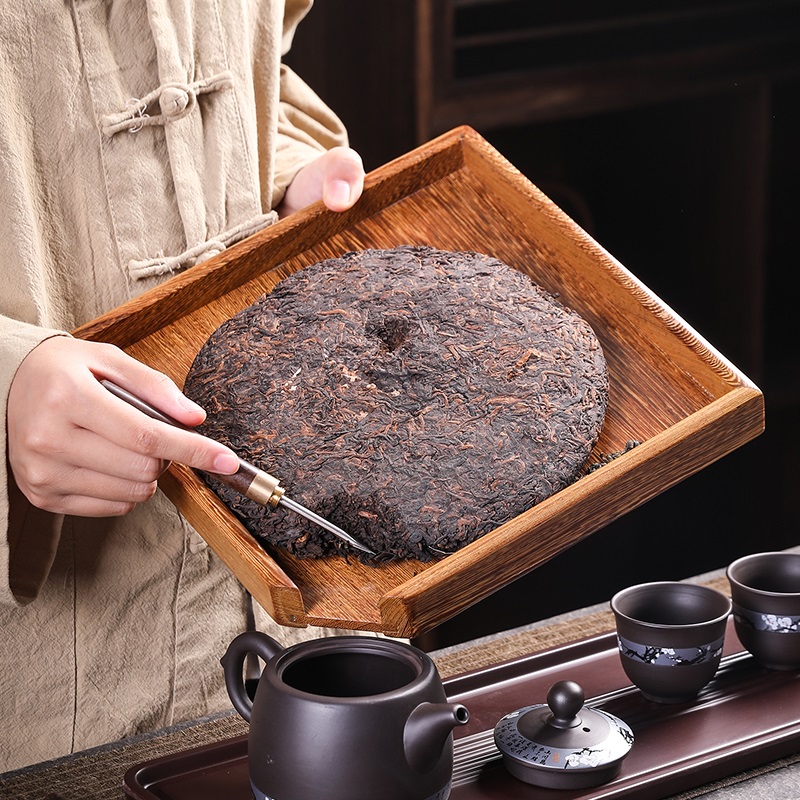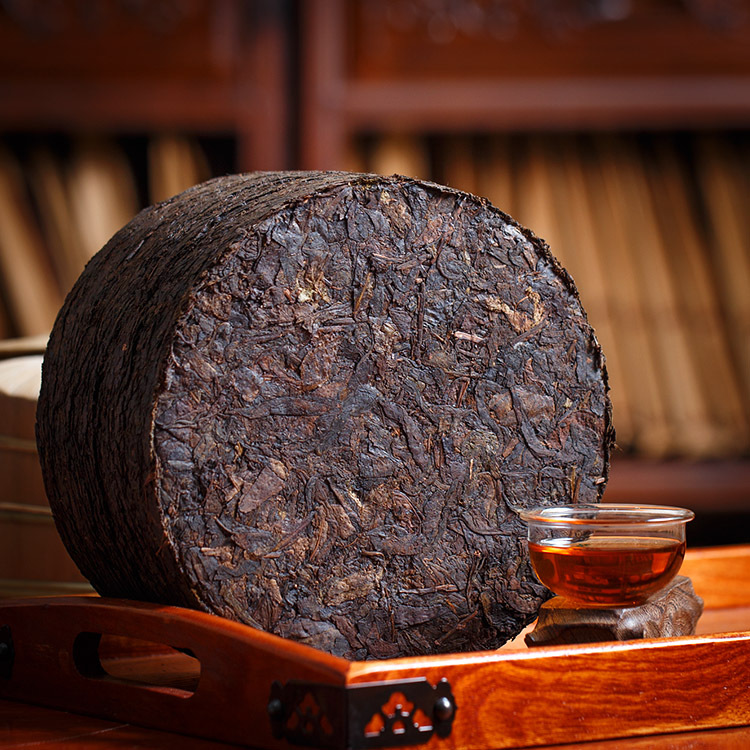Pu-erh tea, a revered category of dark tea from Yunnan Province, China, has evolved over millennia from a rustic tradition to a global phenomenon. Its production methods—rooted in both ancient wisdom and contemporary innovation—reflect a tension between heritage and progress. This article explores the distinctions between traditional craftsmanship and modern technology in Pu-erh tea production, examining their impact on flavor, quality, and cultural significance.

1. Harvesting and Initial Processing
- Traditional Methods:
Craftsmen handpick tender leaves (一芽一叶, “one bud with one leaf”) from ancient tea trees, emphasizing成熟度 (maturity) and 避免机械损伤 (avoiding mechanical damage). After withering under natural sunlight, leaves are manually pan-fired in iron woks at high temperatures to halt oxidation. This step, called 杀青 (sha qing, “killing the green”), relies on the skill of the tea master to gauge heat and timing. - Modern Techniques:
Mechanical harvesters improve efficiency but may compromise leaf integrity.滚筒杀青机 (roller-killing machines) ensure uniform heating, reducing human error. While faster, some argue this method lacks the nuanced control of traditional panning.
2. Fermentation and Aging
- Traditional Craftsmanship:
Pu-erh’s essence lies in its fermentation process. Sheng Pu-erh (raw) undergoes 自然陈化 (natural aging) over years, slowly transforming through microbial activity and oxidation. Shu Pu-erh (ripe) employs 渥堆发酵 (wo dui, “pile fermentation”), where leaves are moistened and堆渥 (piled) for 40–60 days. Artisans monitor humidity and temperature to nurture desired microbial communities, resulting in complex flavors. - Modern Technology:
Controlled fermentation chambers regulate humidity and temperature via sensors, ensuring consistency. Artificial fermentation techniques, such as 微生物接种 (microbial inoculation), accelerate Shu Pu-erh production to months. While efficient, these methods may sacrifice the layered complexity of traditional fermentations.
3. Rolling and Shaping
- Traditional Methods:
Leaves are hand-rolled to release juices and shaped into loose tea or compressed forms like 茶饼 (tea cakes). 石磨压制 (stone mill pressing) imparts a rustic texture, with variations in density and appearance. - Modern Techniques:
Automated rollers and hydraulic presses standardize particle size and shape, ensuring uniformity for mass markets. Tighter compression in machine-pressed cakes may hinder airflow during aging, potentially altering flavor development.
4. Drying and Storage
- Traditional Methods:
Sun-drying preserves natural enzymes and aromas, though weather variability affects consistency. Long-term aging in 通风环境 (ventilated environments) deepens flavors, with 老茶 (aged tea) prized for its mellowness. - Modern Technology:
Hot-air dryers expedite moisture removal, reducing the risk of mold but potentially “cooking” delicate compounds. Accelerated aging techniques, such as 湿仓陈化 (humid storage aging), simulate years of maturation in months, though critics argue this compromises depth.
5. Quality and Market Dynamics
- Traditional Craftsmanship:
Each batch reflects terroir and the craftsman’s intuition, with subtle variations in taste and aroma. Premium teas command high prices due to scarcity and cultural cachet. - Modern Technology:
Standardization caters to global markets, ensuring consistent quality for consumers. However, industrialization risks homogenizing regional characteristics, prompting a resurgence of “craft” Pu-erh that blends tradition with tech oversight.
6. Cultural and Environmental Impact
Traditional practices sustain rural economies and biodiversity, with 古茶园 (ancient tea gardens) managed sustainably. Modern plantations, while more intensive, raise concerns about monoculture and pesticide use. Innovations like 有机栽培 (organic farming) and 碳中和认证 (carbon-neutral certifications) aim to balance efficiency with ecology.
Conclusion
Pu-erh tea embodies a duality: tradition as a living heritage, and technology as a tool for accessibility. While mechanization broadens its appeal, the soul of Pu-erh lies in its human-nature symbiosis—the patience of aging, the alchemy of fermentation, and the artistry of craft. The future likely lies in hybrid models, where tech enhances precision without eclipsing the irreducible essence of time and touch. As one tea master quipped, “Pu-erh is not made; it is transformed by the hands of time and the heart of the craftsman.”



